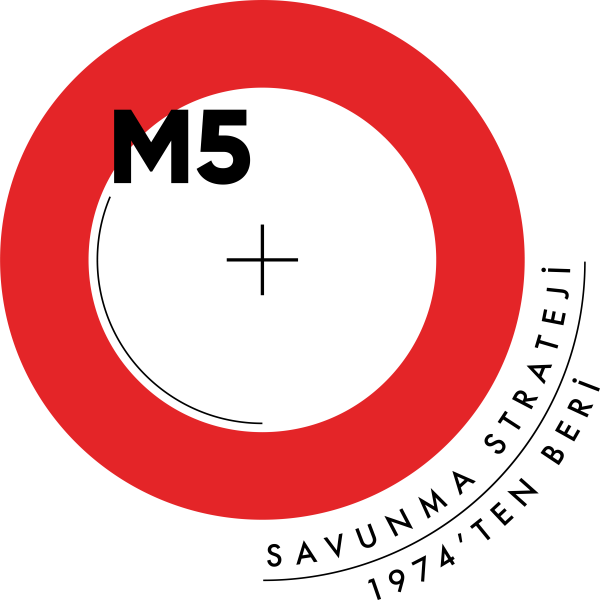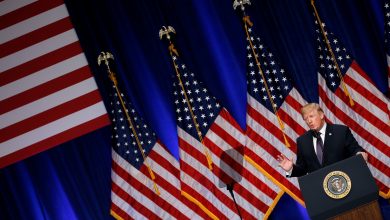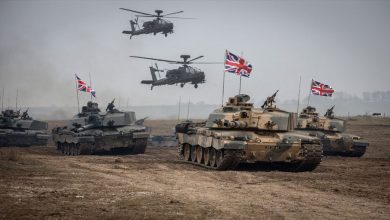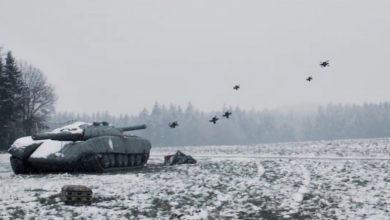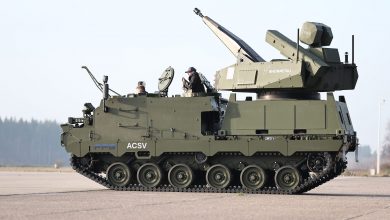ABD Hava Kuvvetleri ilk “robot köpekleri” tatbikatlarda kullanmaya başladı

ABD Hava Kuvvetleri, Florida’daki MacDill Hava Kuvvetleri Üssünde ilk kez düzenlenen Senkronize Nükleer Hazırlık Operasyonları Eğitimi (SNORT) sırasında robotik köpeklerin yeteneklerini sergiledi.
Defence Post tarafından verilen bilgilere göre; Boston Dynamics tarafından geliştirilen ve Asylon tarafından ilave donanım ve yazılım kabiliyetleri sağlanan robotik köpek, insansız kara araçlarındaki en son gelişmelerden birisi olarak ABD Hava Kuvvetleri tarafından kullanılmaya başlandı.
Bir dizi sensörle donatılan robotik köpek, yarı otonom modda çalışarak çevresinde gezinirken ve engellerden kaçınırken bağımsız olarak devriye gezmesini sağlıyor.
Verilen bilgilere göre bu otonom işlevsellik, robotun acil durumlara hızla yanıt vermesini sağlayarak nükleer hazırlık operasyonları için çok önemli olan gerçek zamanlı gözetim ve keşif yetenekleri sağlıyor.
Gösteri sırasında gözlemciler, robotun simüle edilmiş senaryolarda manevra yaparken çevikliğine ve uyum yeteneğine tanık oldular ve belirlenen alanlarda etkili bir şekilde devriye gezme ve izleme yeteneğini sergilediler.
Robotik köpek otonom olarak çalışsa da, işlevselliği insan kontrolü ile tamamlanarak operatörlerin gerektiğinde müdahale etmesine ve eylemlerini yönlendirmesine olanak tanıyor.
ABD Hava Kuvvetleri gelişmiş İKA’ları konuşlandırarak, insan hatası ve tehlikeli koşullara maruz kalma potansiyelini en aza indirmeyi amaçlıyor.
Kaynak: M5
